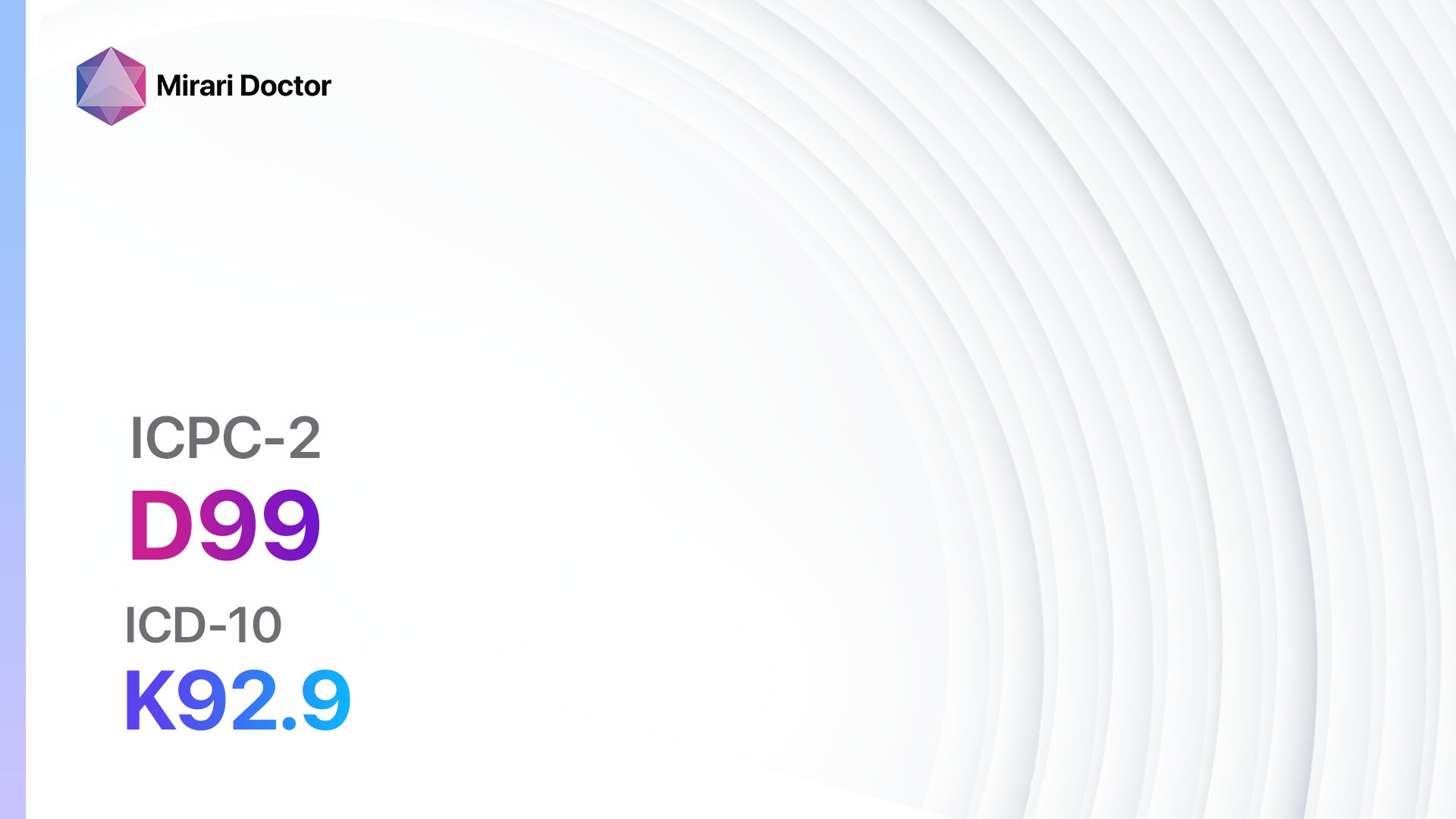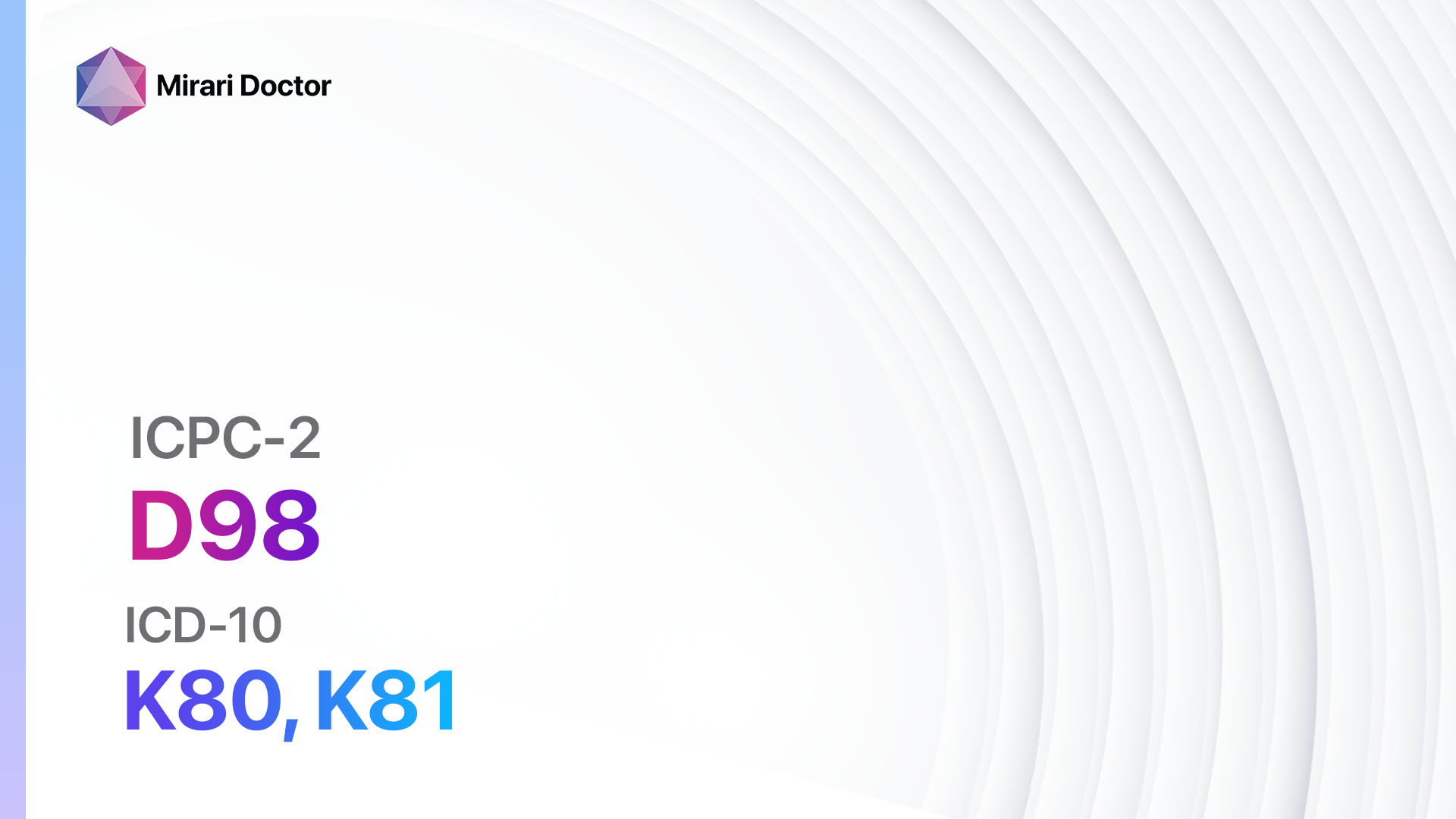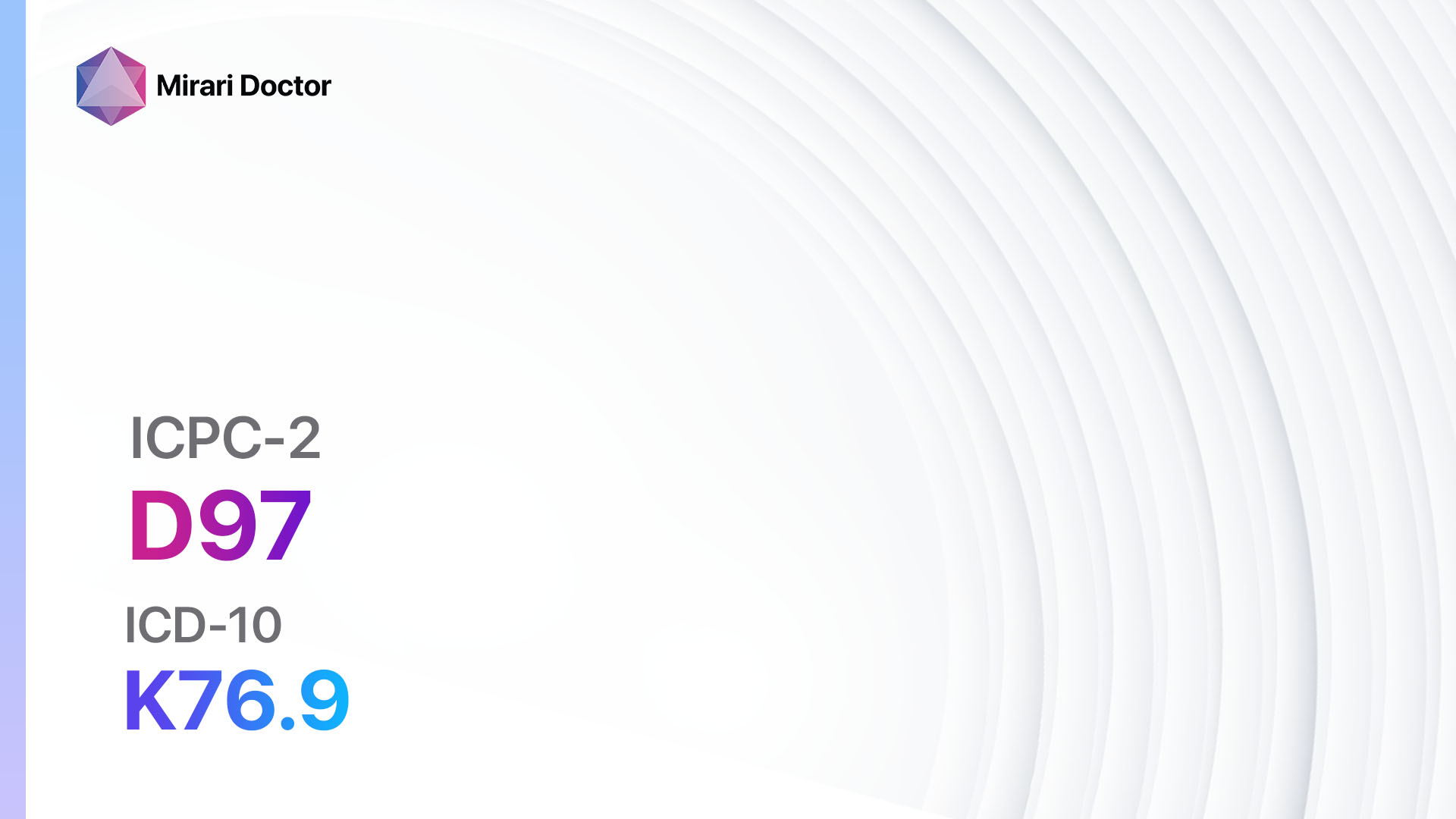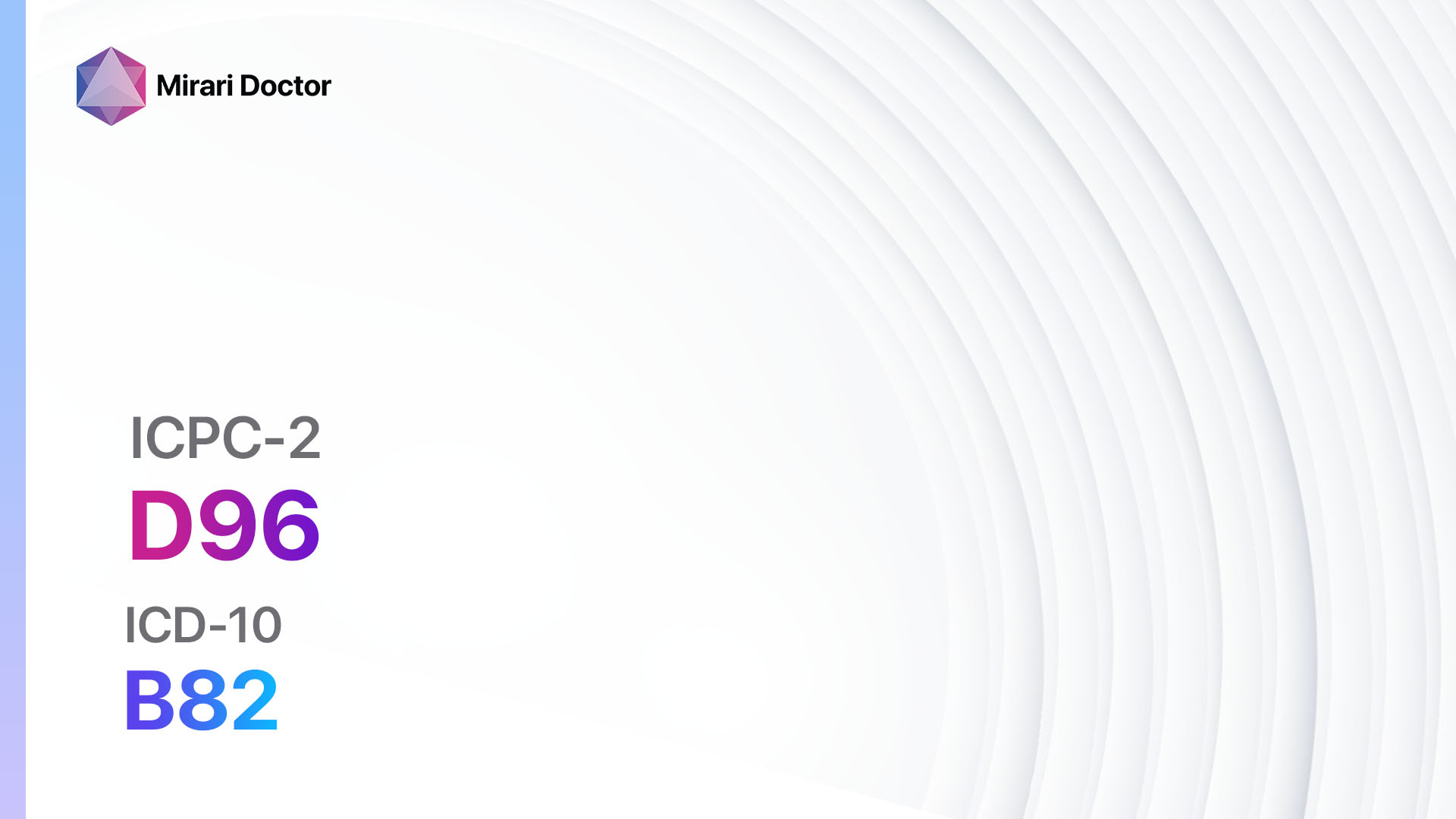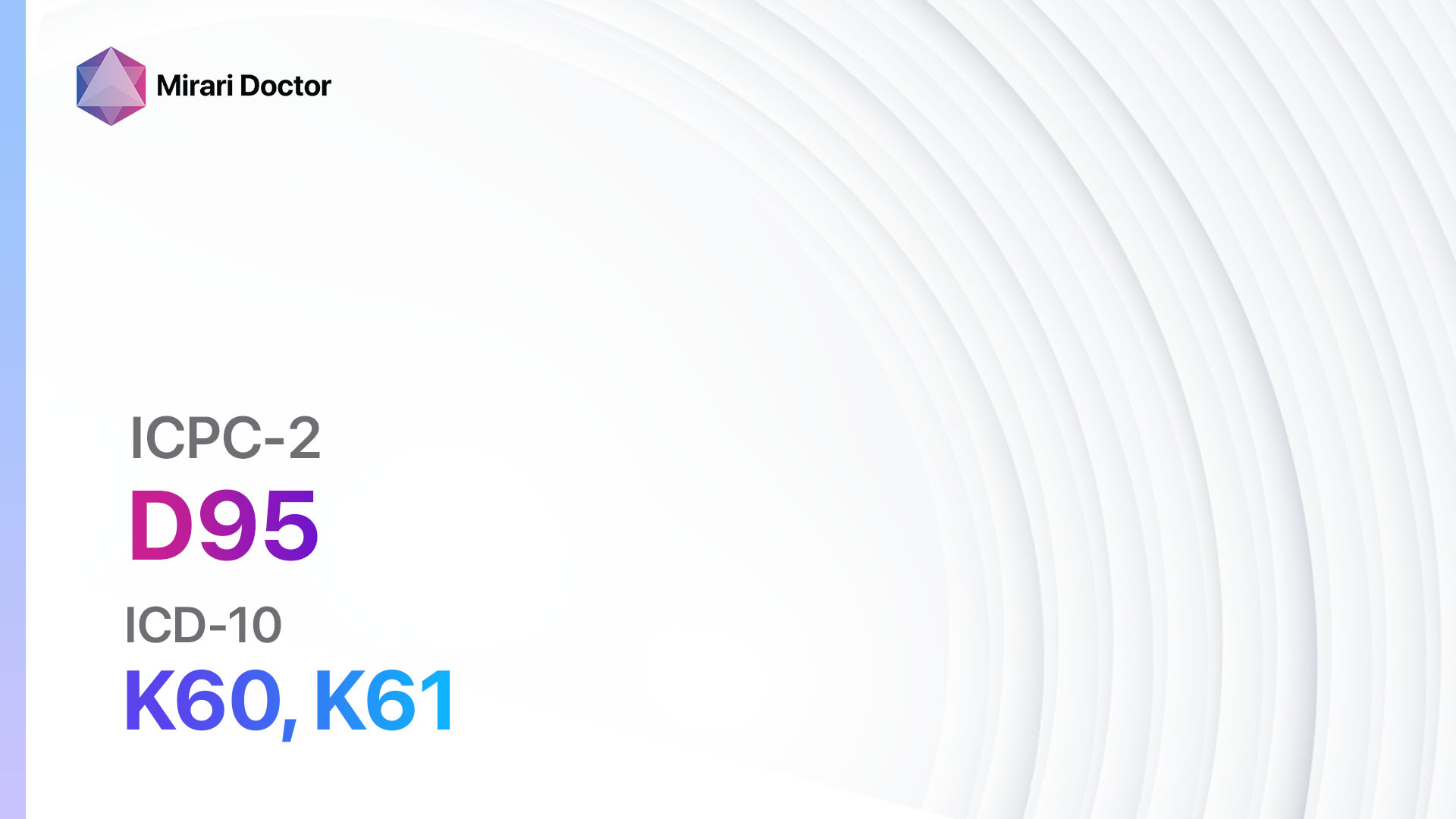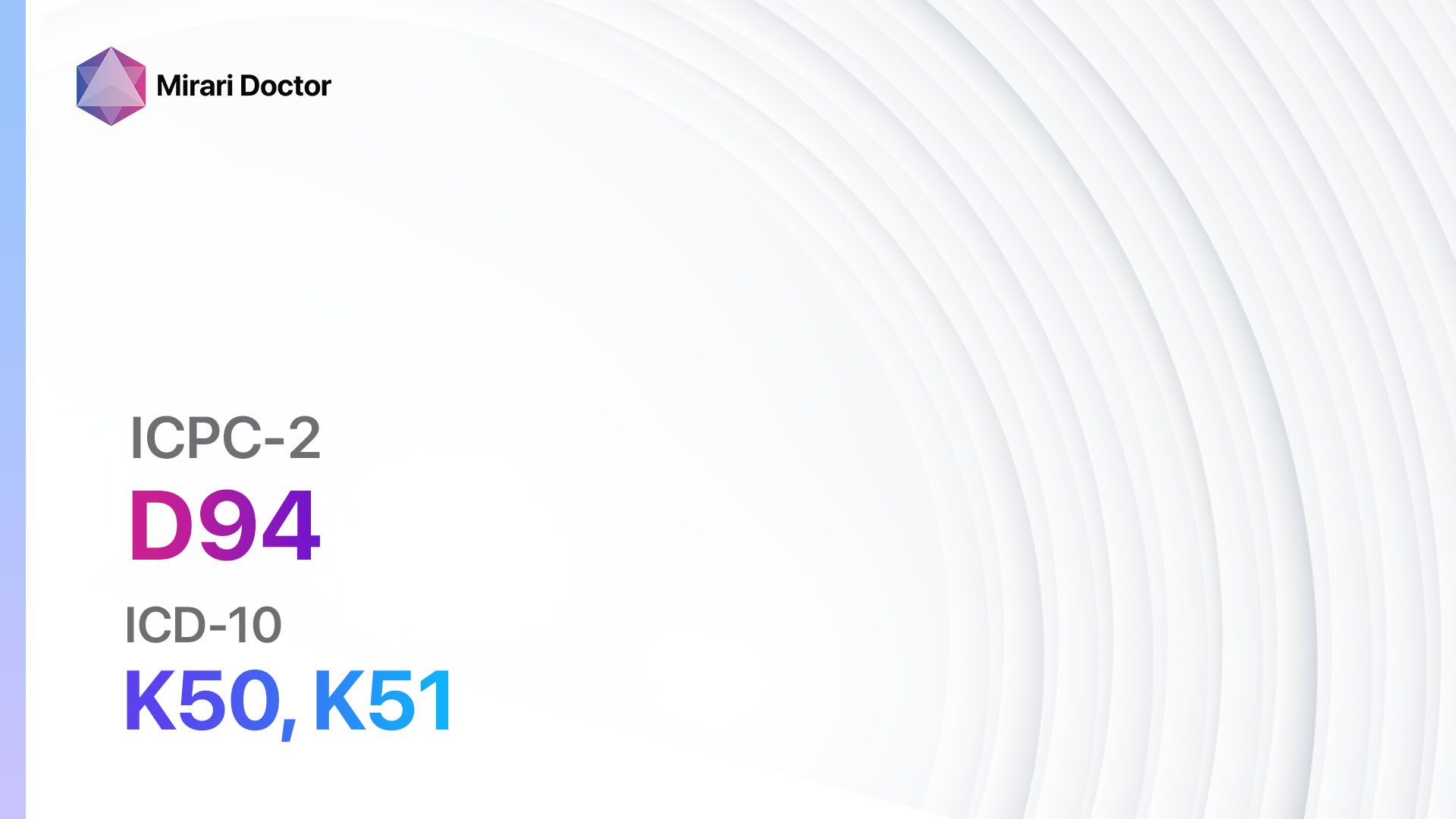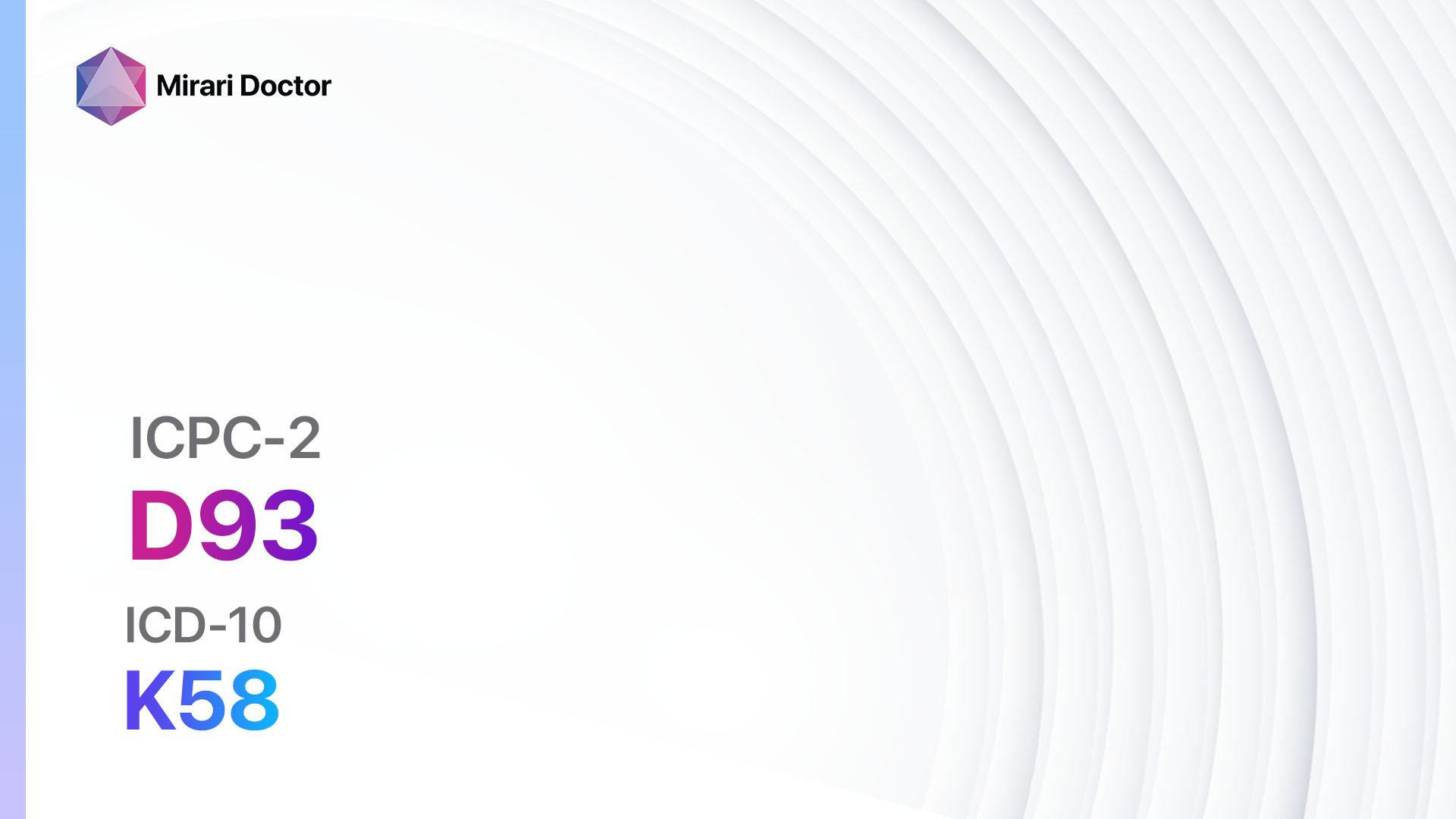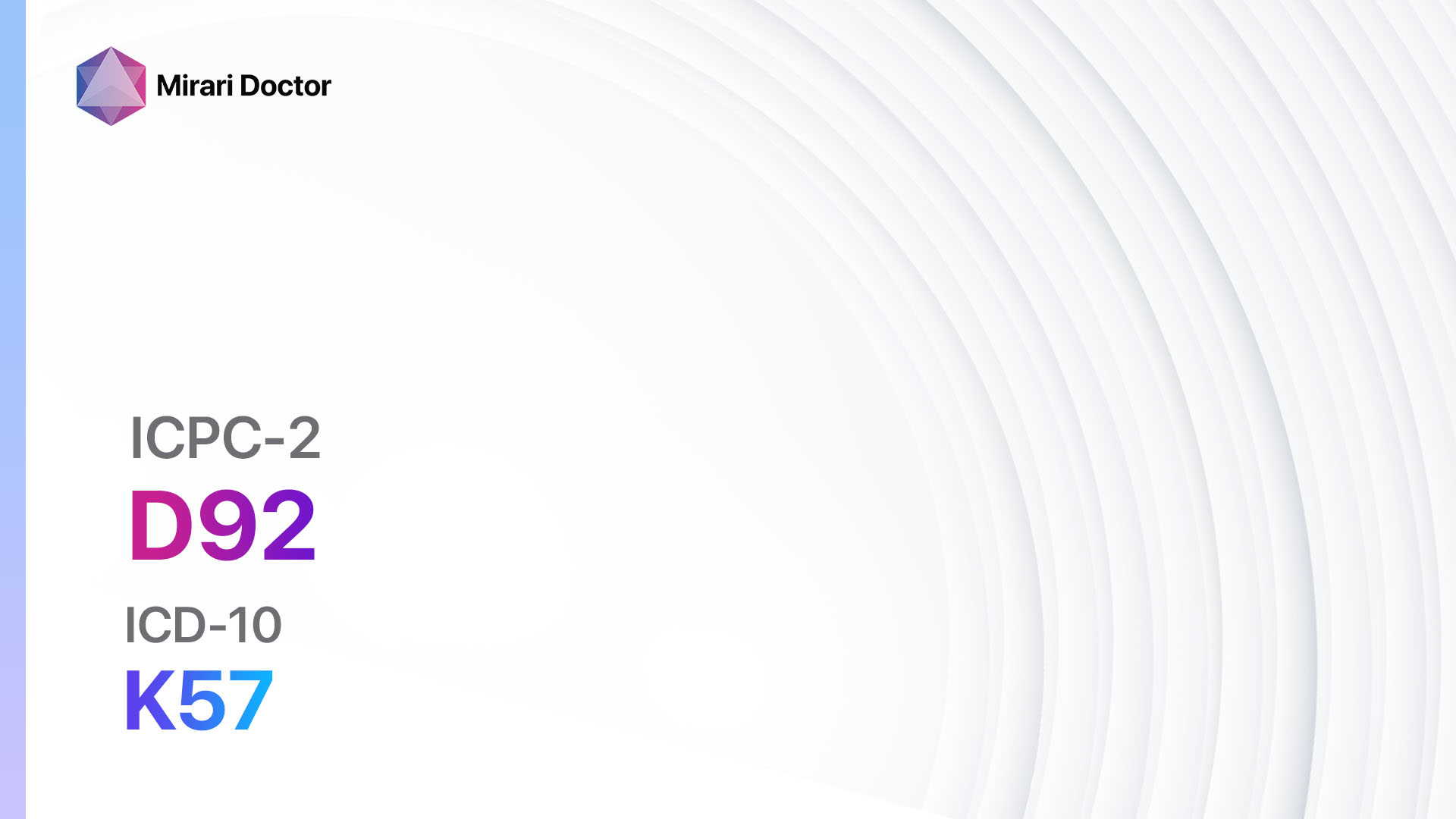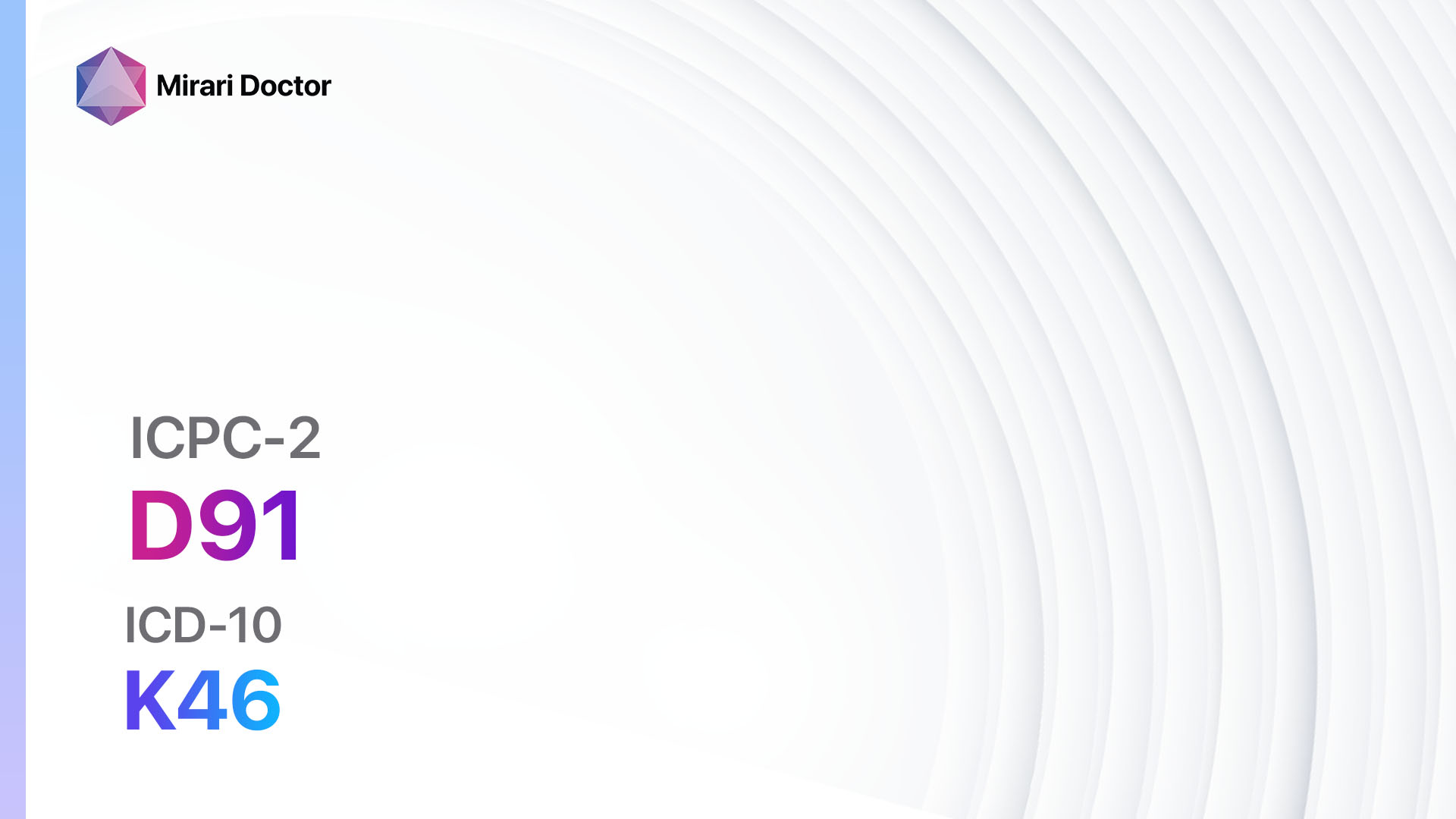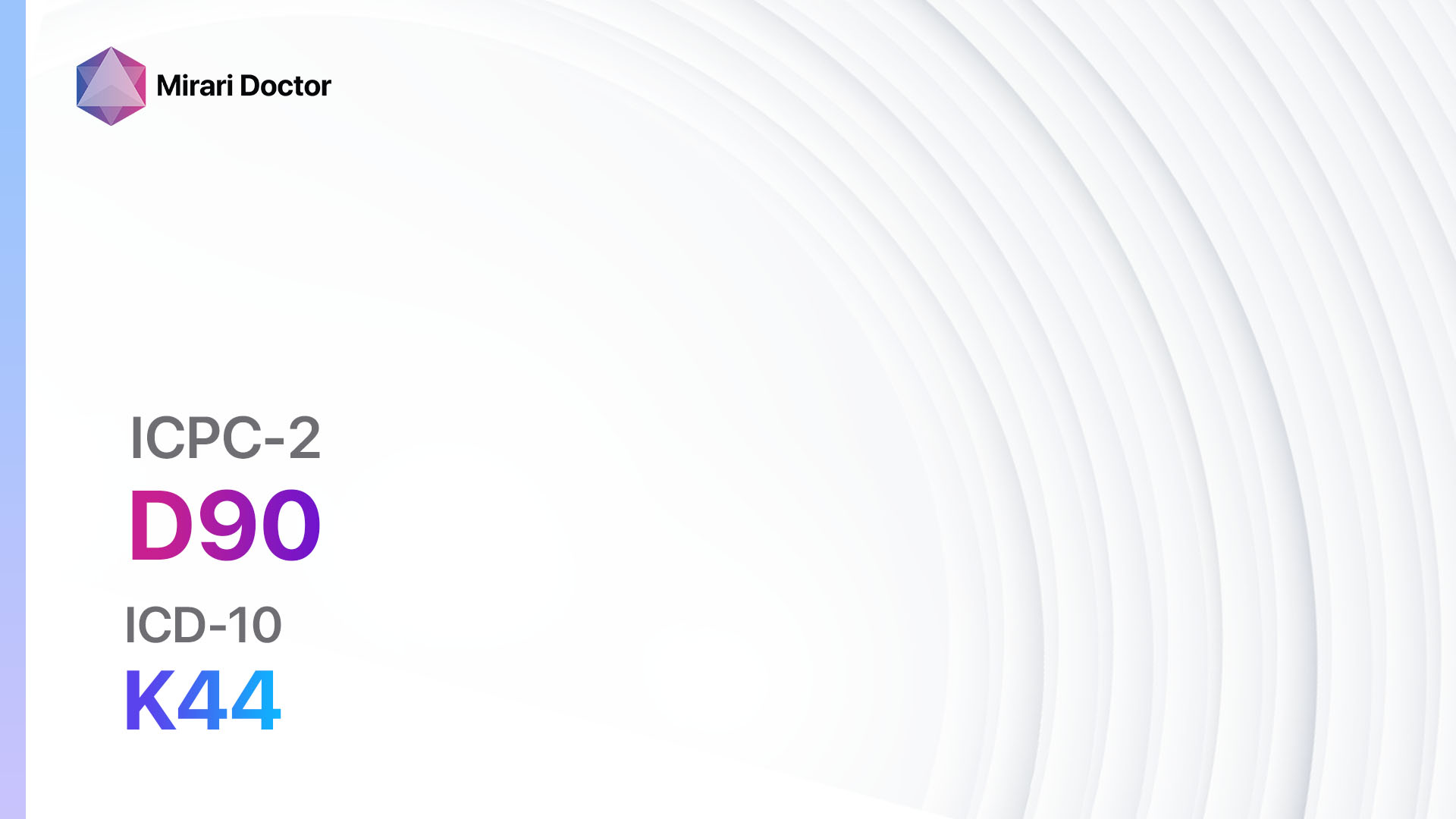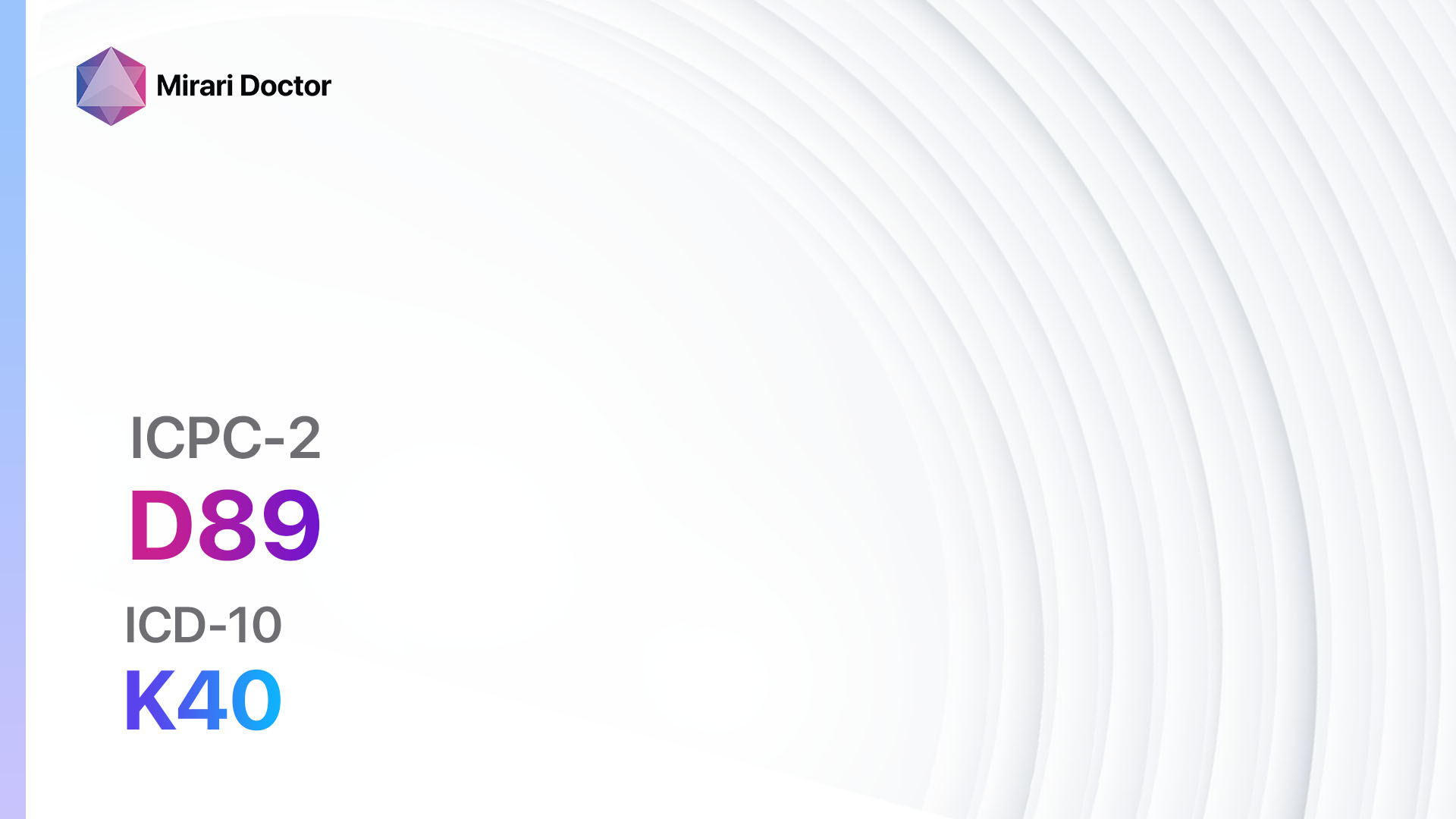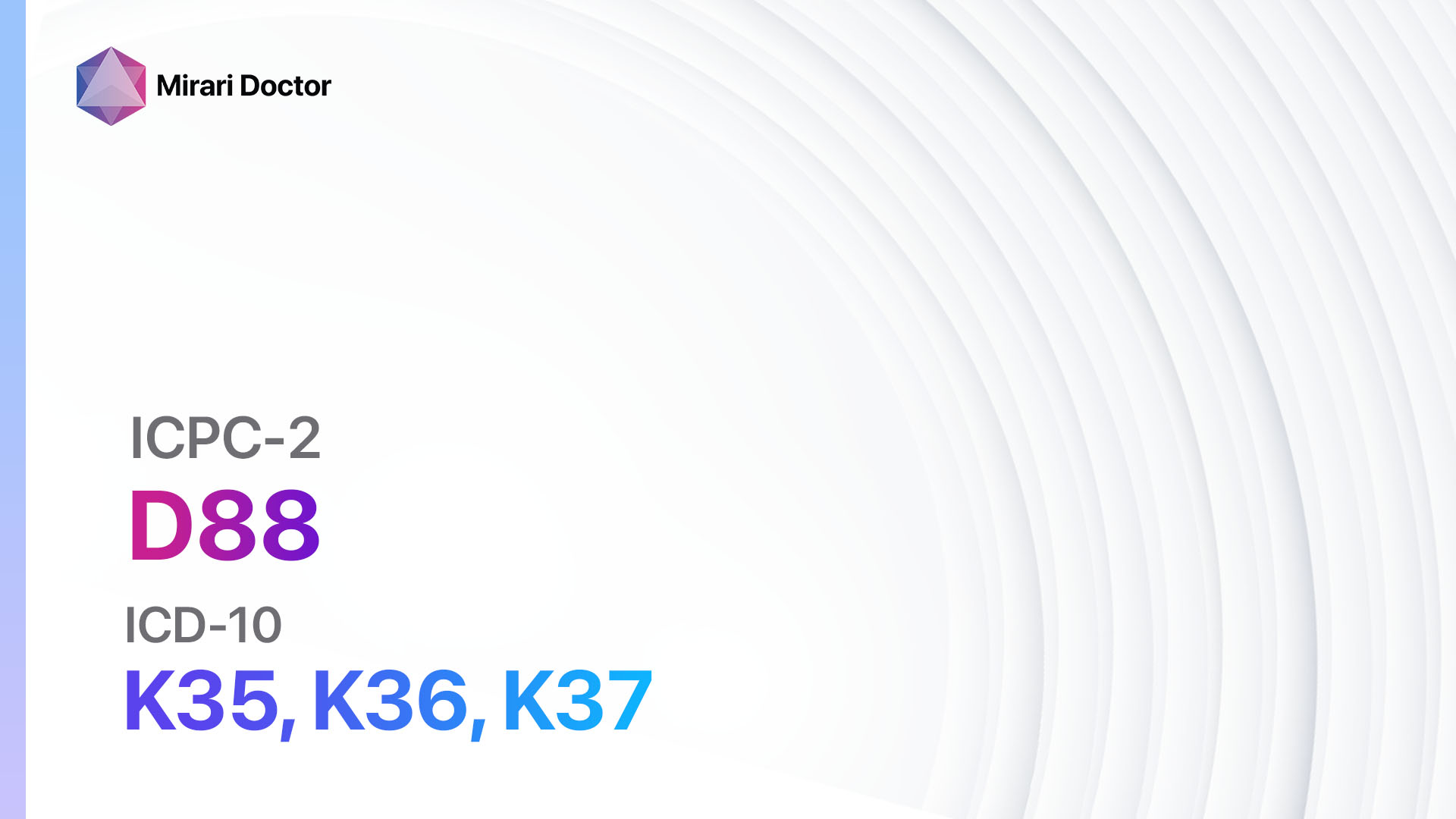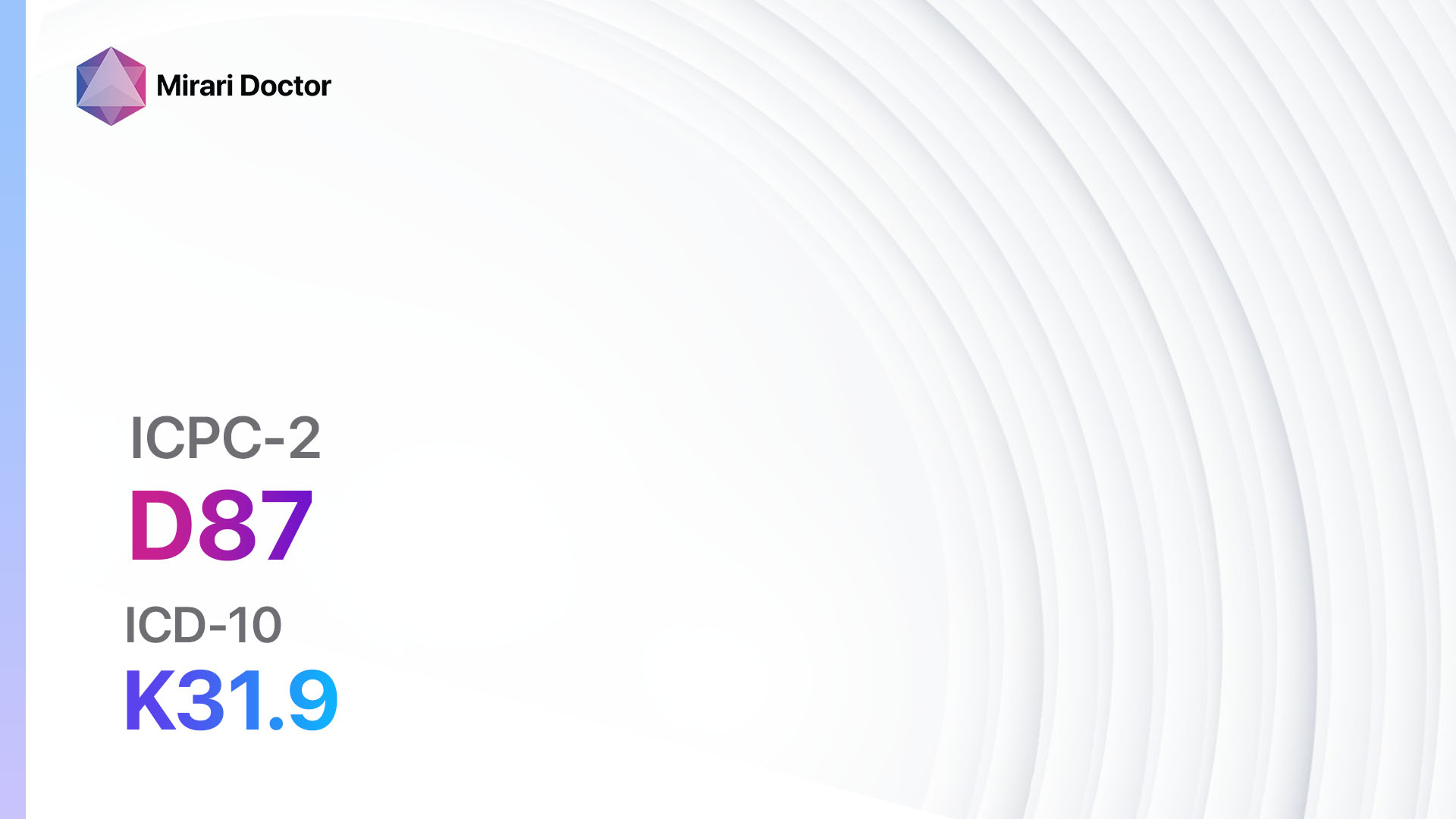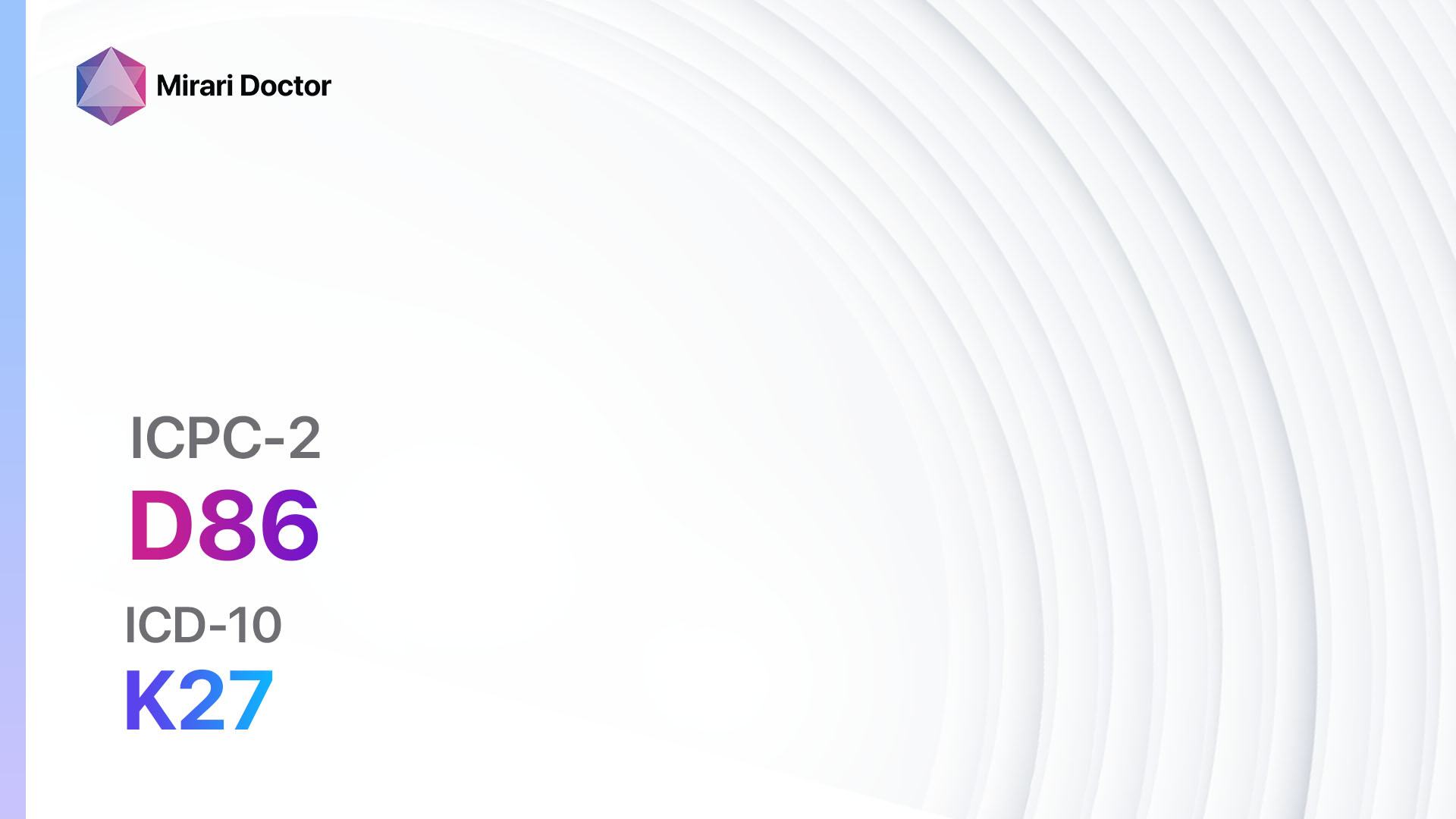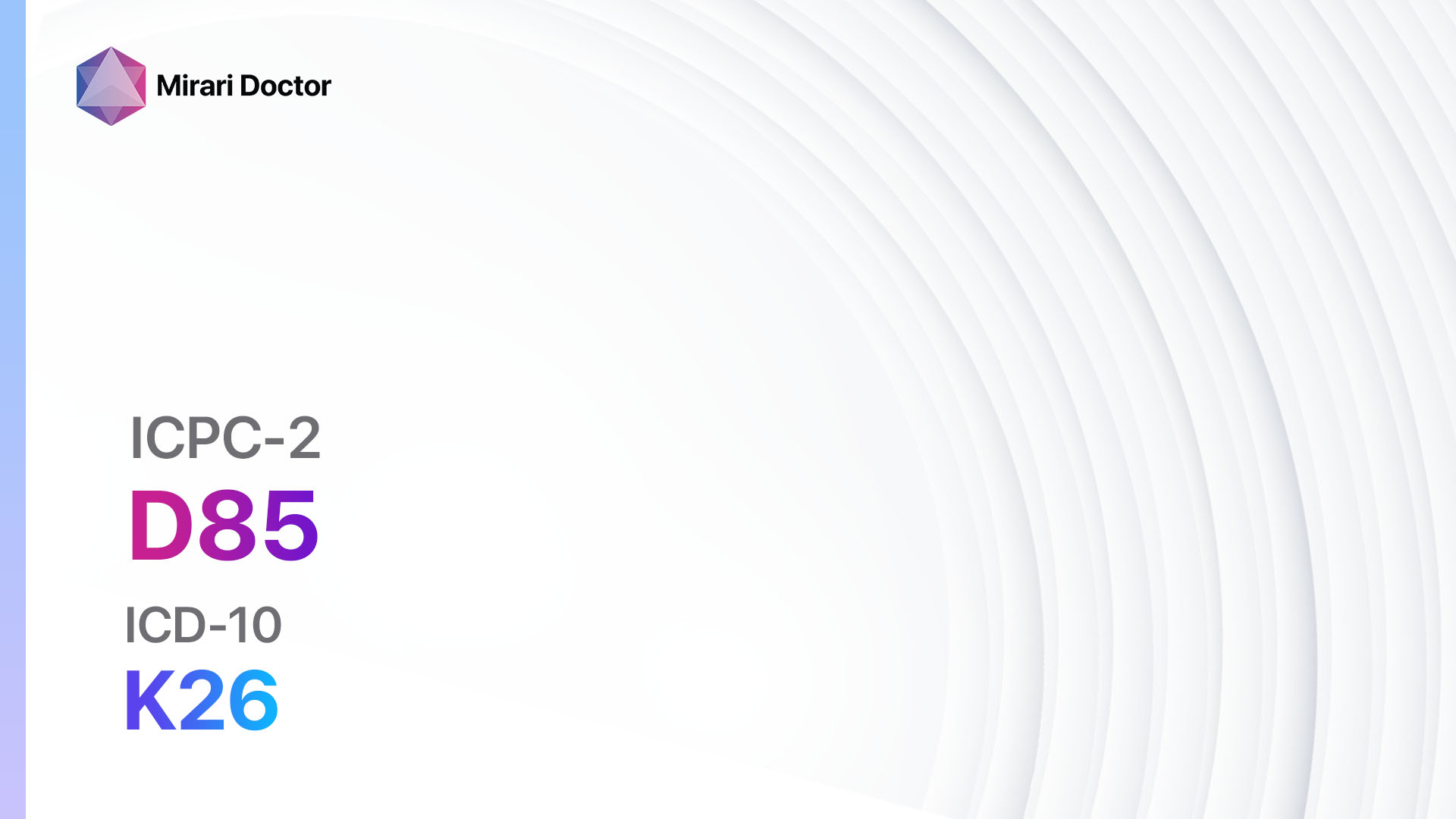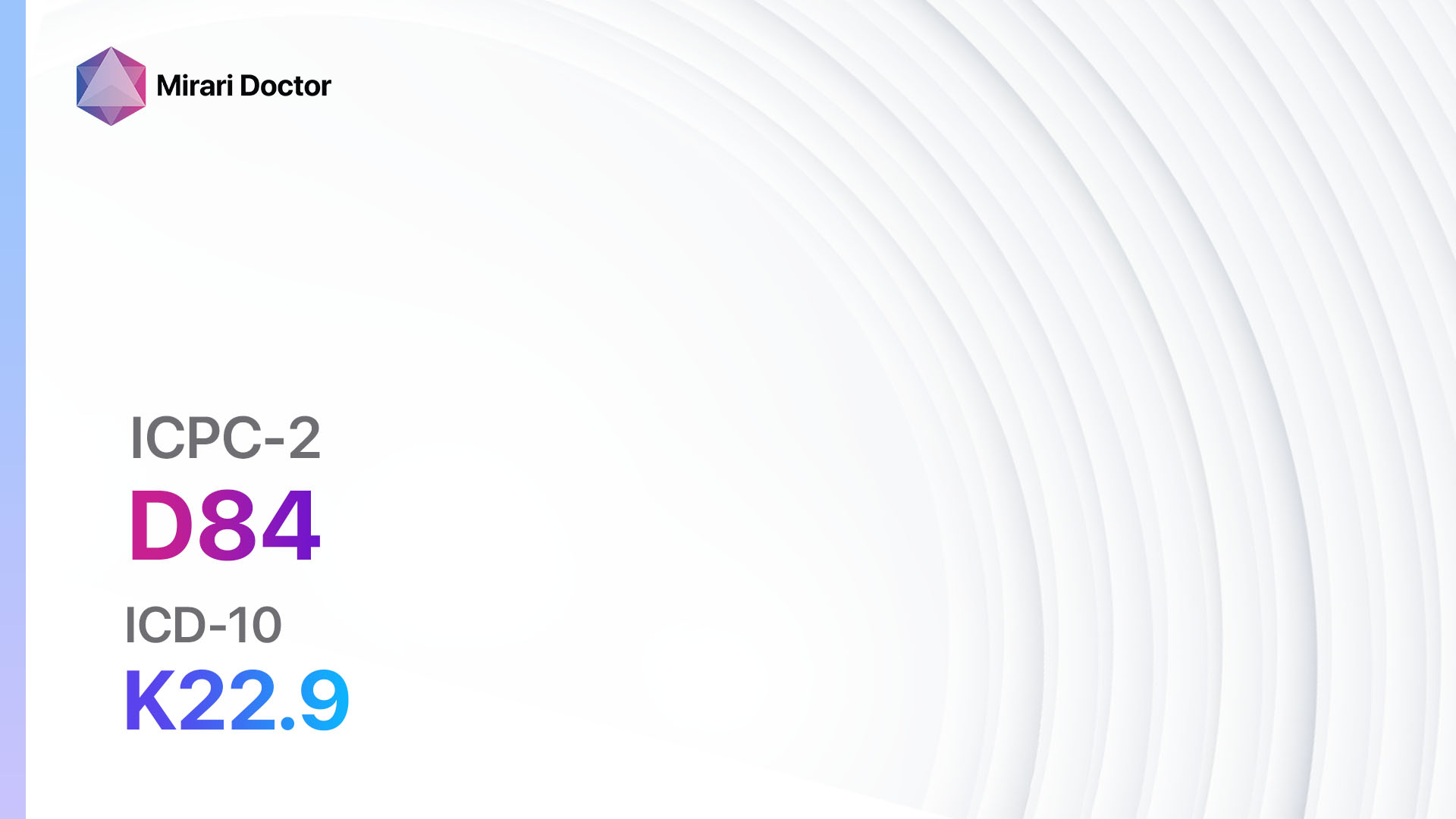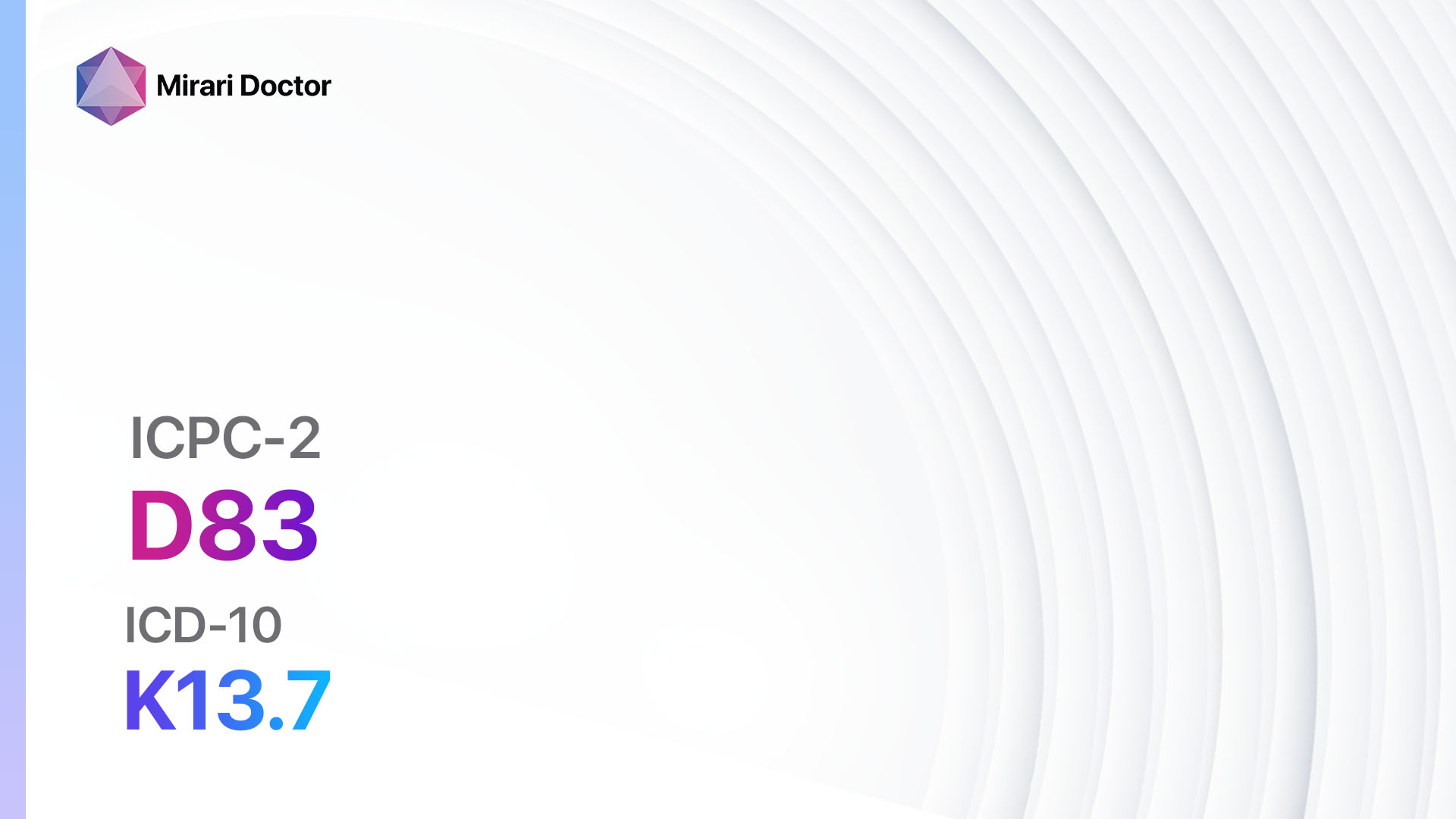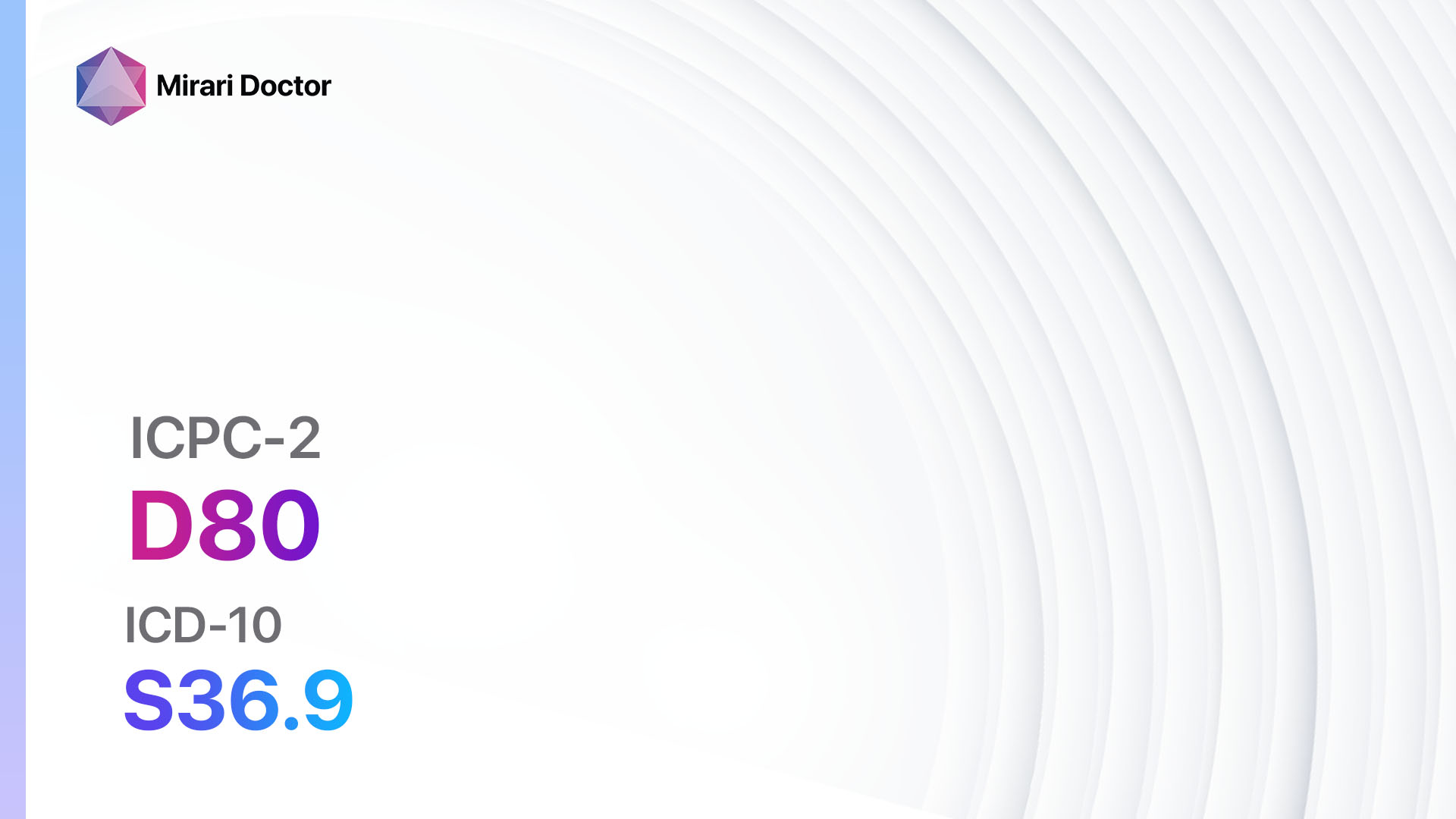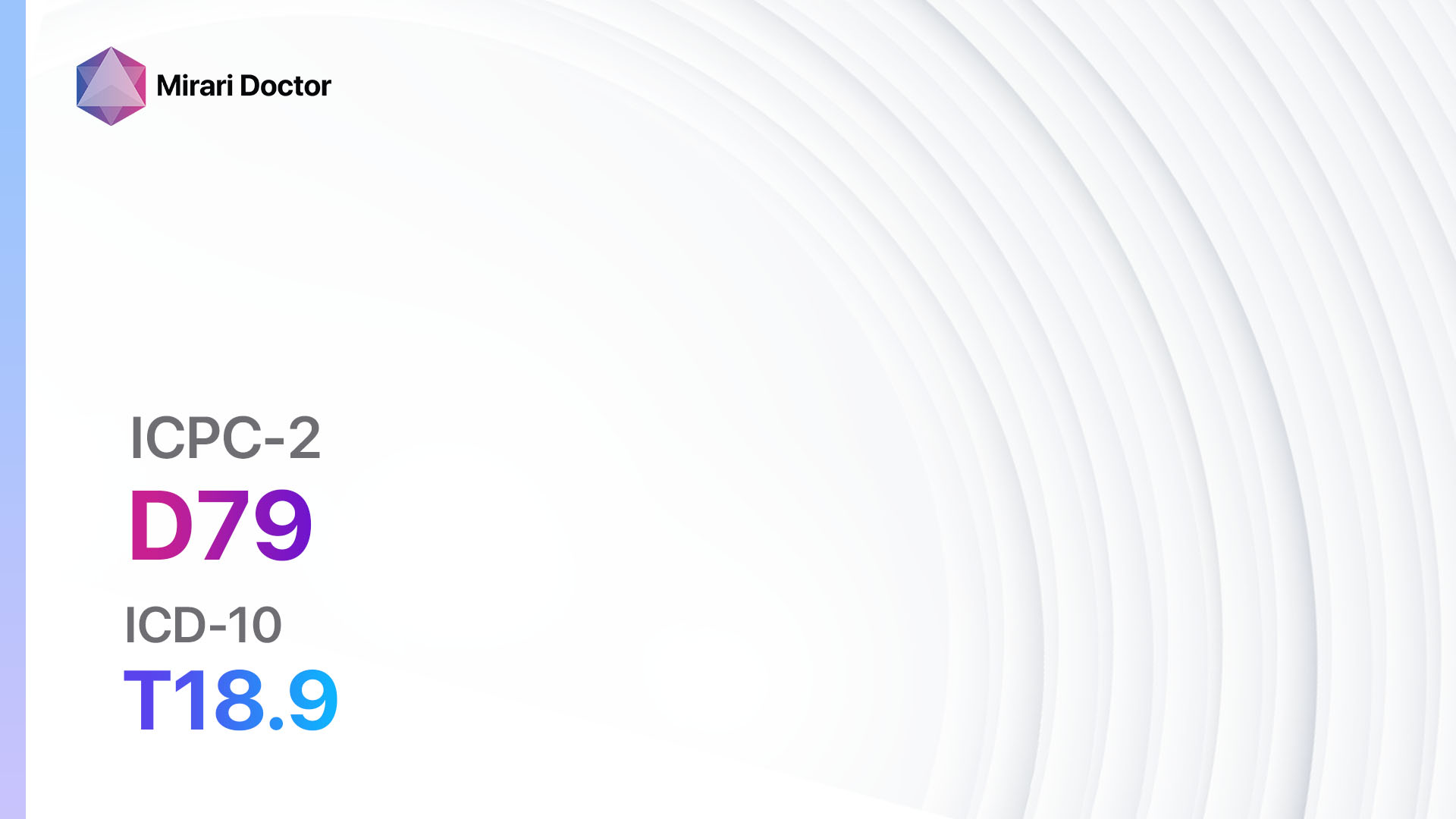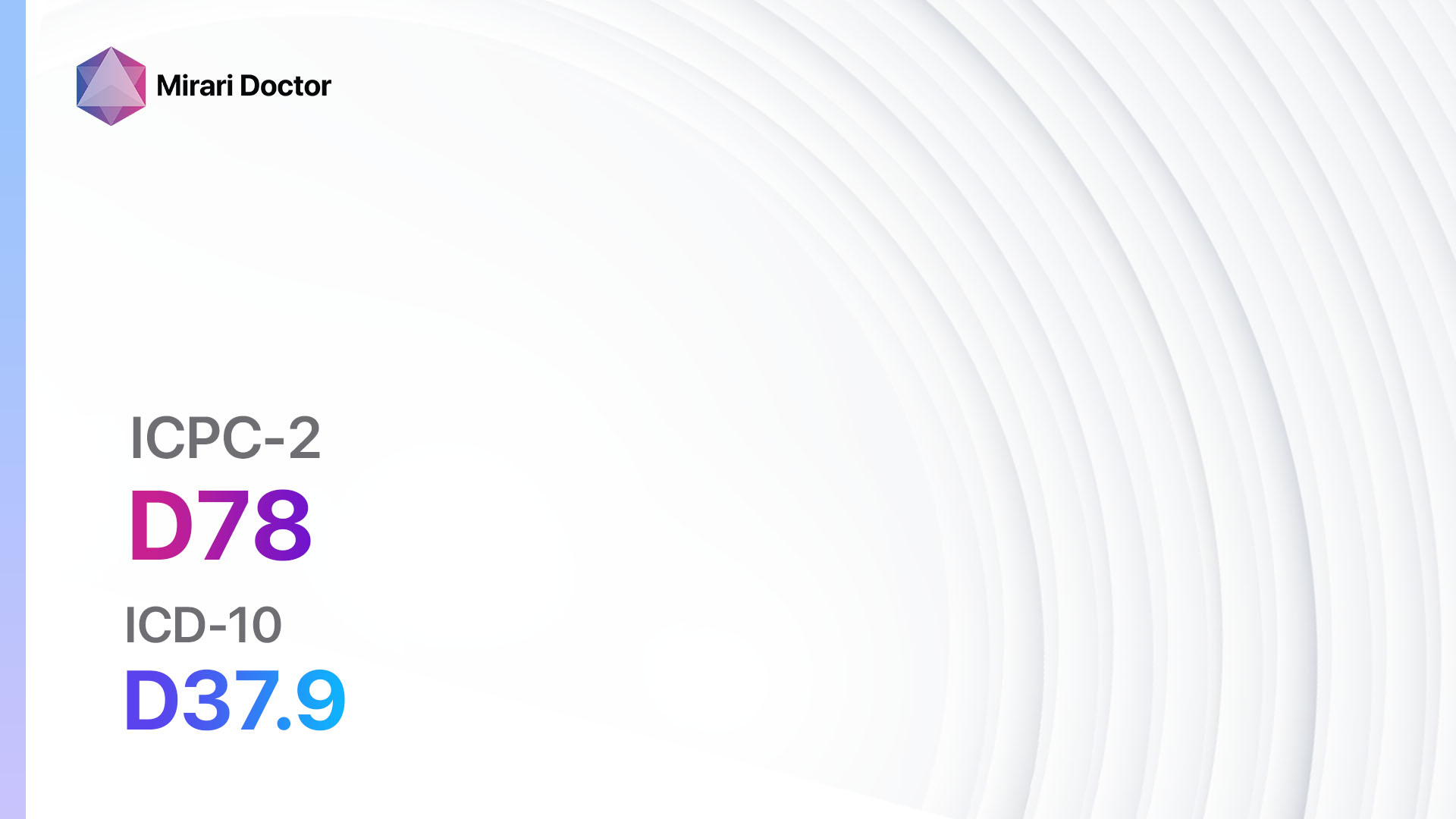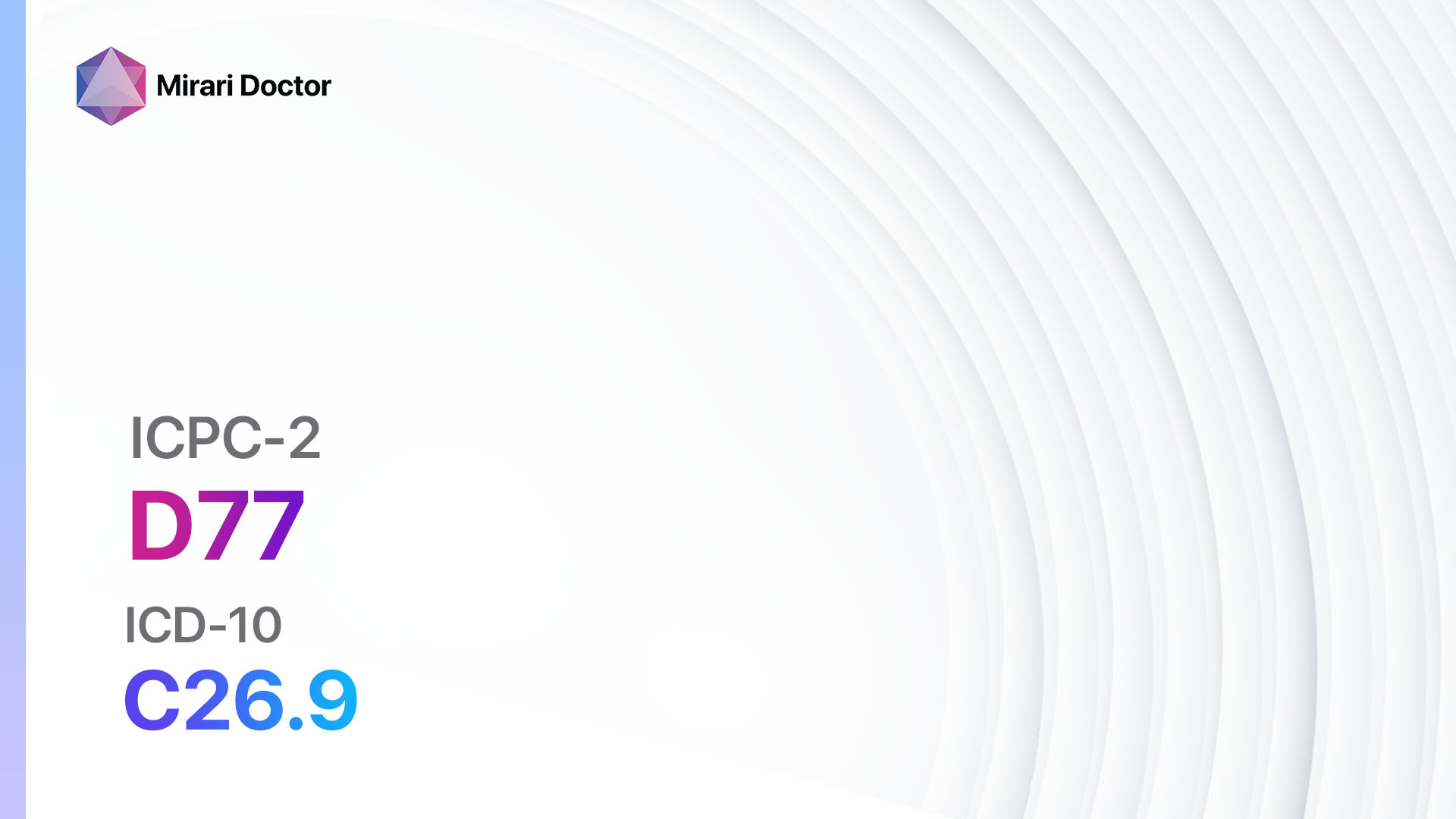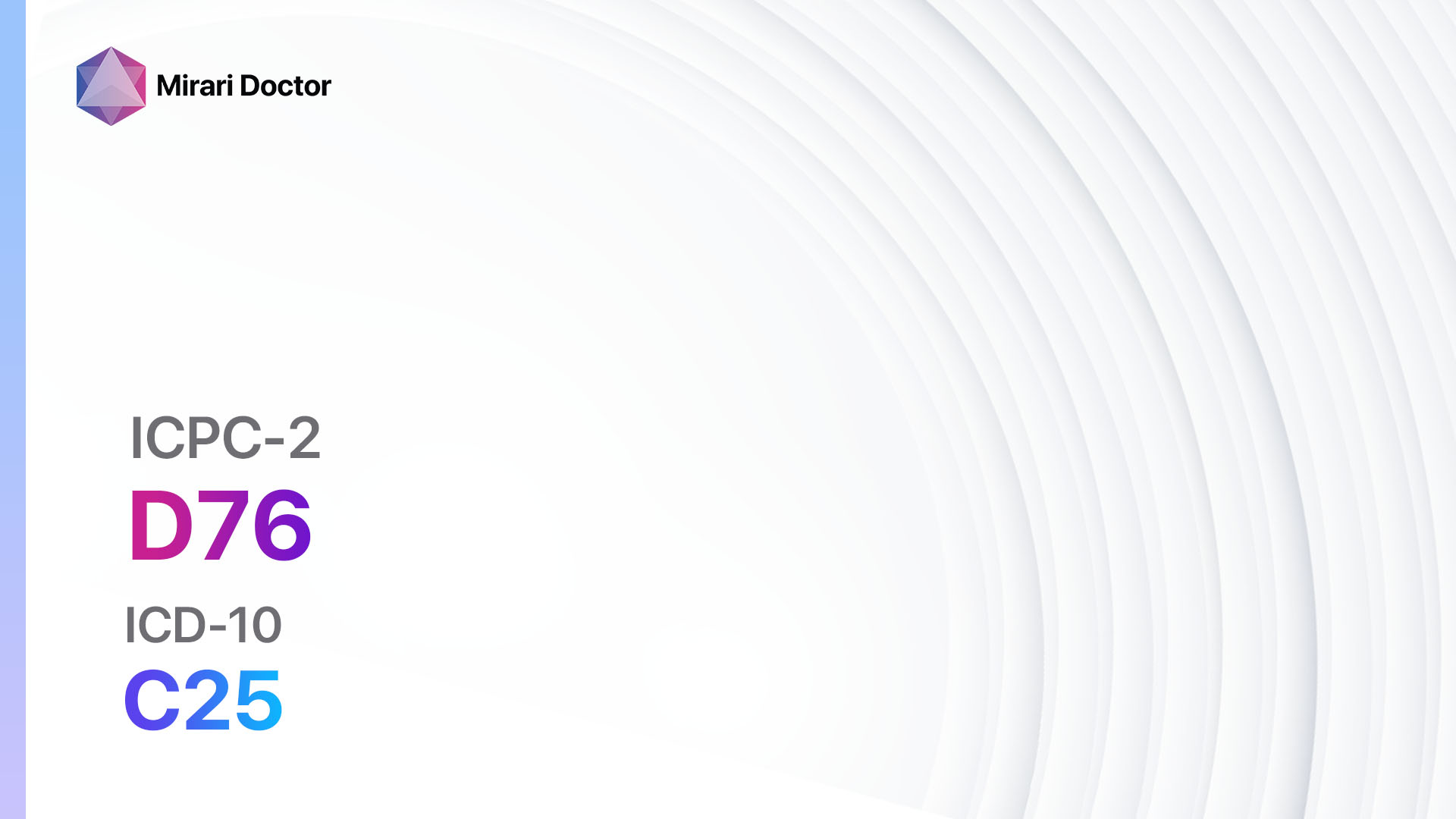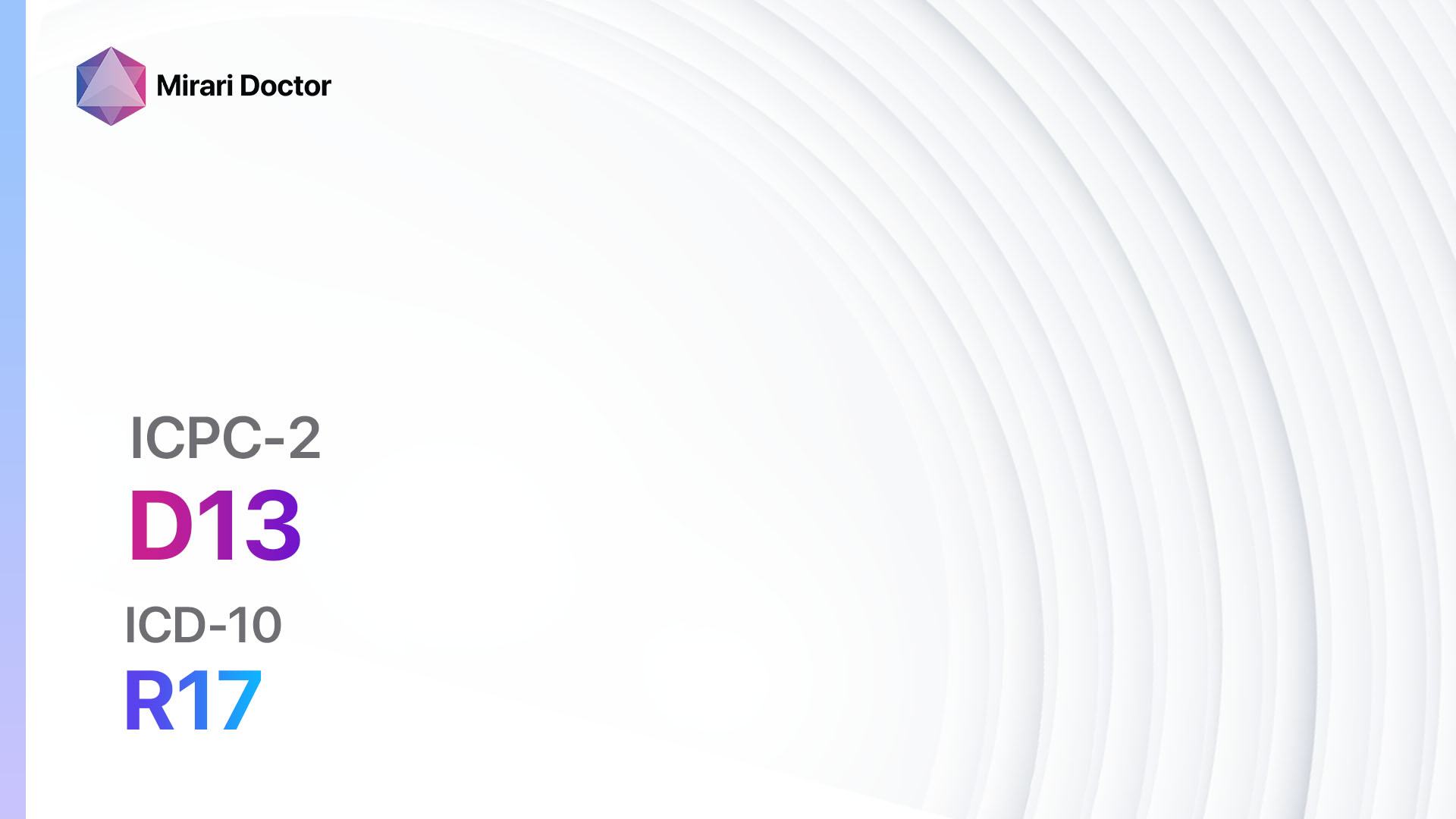
Introduction
Jaundice is a condition characterized by the yellowing of the skin and eyes, caused by an excess of bilirubin in the blood[1]. It can be a sign of an underlying liver or gallbladder problem[2]. The aim of this guide is to provide a comprehensive overview of the diagnosis and possible interventions for jaundice.
Codes
Symptoms
- Yellowing of the skin and eyes (icterus)[5]
- Dark urine[6]
- Pale stools[6]
- Fatigue[7]
- Abdominal pain[7]
- Nausea and vomiting[7]
Causes
- Hepatitis (viral, alcoholic, autoimmune)[8]
- Liver cirrhosis[8]
- Gallstones[8]
- Pancreatic cancer[8]
- Hemolytic anemia[8]
- Gilbert’s syndrome[8]
Diagnostic Steps
Medical History
- Gather information about the patient’s risk factors, such as alcohol consumption, exposure to hepatitis, and family history of liver disease[9].
- Ask about any previous episodes of jaundice or liver-related symptoms[9].
- Inquire about other medical conditions, medications, and recent travel history[9].
Physical Examination
- Observe the patient for signs of jaundice, including yellowing of the skin and eyes[9].
- Palpate the abdomen for tenderness or enlargement of the liver or spleen[9].
- Check for signs of fluid retention, such as swelling in the legs or abdomen[9].
Laboratory Tests
- Liver function tests (LFTs): Measure levels of bilirubin, liver enzymes (AST, ALT), and albumin[10].
- Complete blood count (CBC): Evaluate for anemia or signs of infection[10].
- Viral hepatitis serology: Test for hepatitis A, B, and C antibodies[10].
- Imaging studies: Ultrasound, CT scan, or MRI to assess the liver, gallbladder, and bile ducts[10].
- Liver biopsy: Invasive procedure to obtain a sample of liver tissue for further evaluation[10].
Follow-up and Patient Education
- Schedule follow-up appointments to monitor the patient’s progress and adjust treatment if necessary.
- Educate the patient about the importance of lifestyle modifications and adherence to prescribed medications.
- Provide resources for support groups or counseling services, if needed.
Possible Interventions
Traditional Interventions
Medications:
Top 5 drugs for Jaundice:
- Ursodeoxycholic acid:
- Cost: $50-$200/month.
- Contraindications: Hypersensitivity to ursodeoxycholic acid.
- Side effects: Diarrhea, abdominal pain, nausea.
- Severe side effects: Allergic reactions, liver dysfunction.
- Drug interactions: Antacids, bile acid sequestrants.
- Warning: Regular liver function tests required.
- N-acetylcysteine:
- Cost: $10-$50/month.
- Contraindications: Hypersensitivity to N-acetylcysteine.
- Side effects: Nausea, vomiting, rash.
- Severe side effects: Severe allergic reactions, liver toxicity.
- Drug interactions: Nitroglycerin, activated charcoal.
- Warning: Risk of anaphylaxis.
- Phenobarbital:
- Cost: $10-$50/month.
- Contraindications: Porphyria, hypersensitivity to phenobarbital.
- Side effects: Drowsiness, dizziness, confusion.
- Severe side effects: Respiratory depression, liver damage.
- Drug interactions: Alcohol, sedatives.
- Warning: May cause dependence.
- Rifampin:
- Cost: $10-$50/month.
- Contraindications: Hypersensitivity to rifampin, liver disease.
- Side effects: Nausea, vomiting, rash.
- Severe side effects: Liver toxicity, allergic reactions.
- Drug interactions: Warfarin, oral contraceptives.
- Warning: Regular liver function tests required.
- Cholestyramine:
- Cost: $10-$50/month.
- Contraindications: Complete biliary obstruction, hypersensitivity to cholestyramine.
- Side effects: Constipation, bloating, gas.
- Severe side effects: Severe allergic reactions, vitamin deficiency.
- Drug interactions: Warfarin, thyroid medications.
- Warning: May interfere with the absorption of other medications.
Alternative Drugs:
- S-adenosylmethionine (SAMe): A natural compound that may help improve liver function. Cost: $30-$100/month.
- Milk thistle: An herbal supplement with potential hepatoprotective effects. Cost: $10-$30/month.
- Dandelion root: Traditionally used to support liver health. Cost: $10-$20/month.
- Artichoke extract: May aid in digestion and liver detoxification. Cost: $10-$30/month.
- Turmeric: Contains curcumin, which has antioxidant and anti-inflammatory properties. Cost: $10-$20/month.
Surgical Procedures:
- Endoscopic retrograde cholangiopancreatography (ERCP): Procedure to remove gallstones or place stents in the bile ducts. Cost: $10,000-$20,000.
- Liver transplantation: Surgical procedure to replace a diseased liver with a healthy liver from a donor. Cost: $500,000-$800,000.
Alternative Interventions
- Acupuncture: May help improve liver function and reduce symptoms of jaundice. Cost: $60-$120 per session.
- Herbal supplements: Some herbs, such as milk thistle and dandelion root, may have potential benefits for liver health. Cost: Varies depending on the specific supplement.
- Nutritional therapy: A diet rich in fruits, vegetables, and whole grains can support liver function. Cost: Varies depending on individual food choices.
- Yoga and meditation: Stress reduction techniques may help improve overall well-being and liver function. Cost: Varies depending on the class or program.
- Homeopathy: Some homeopathic remedies, such as Chelidonium majus, are believed to support liver health. Cost: Varies depending on the specific remedy.
Lifestyle Interventions
- Alcohol cessation: Avoiding alcohol is crucial for patients with alcoholic liver disease. Cost: Varies depending on individual alcohol consumption habits.
- Weight management: Achieving and maintaining a healthy weight can reduce the risk of fatty liver disease. Cost: Varies depending on individual weight loss methods.
- Exercise: Regular physical activity can improve liver function and overall health. Cost: Varies depending on individual exercise preferences.
- Hydration: Drinking an adequate amount of water can support liver function and detoxification. Cost: Varies depending on individual water consumption habits.
- Avoidance of hepatotoxic substances: Minimizing exposure to toxins, such as certain medications or chemicals, can protect the liver. Cost: Varies depending on individual lifestyle choices.
It is important to note that the cost ranges provided are approximate and may vary depending on the location and availability of the interventions. It is recommended to consult with a healthcare professional for personalized treatment options and cost estimates.
Mirari Cold Plasma Alternative Intervention
Understanding Mirari Cold Plasma
- Safe and Non-Invasive Treatment: Mirari Cold Plasma is a safe and non-invasive treatment option for various skin conditions. It does not require incisions, minimizing the risk of scarring, bleeding, or tissue damage.
- Efficient Extraction of Foreign Bodies: Mirari Cold Plasma facilitates the removal of foreign bodies from the skin by degrading and dissociating organic matter, allowing easier access and extraction.
- Pain Reduction and Comfort: Mirari Cold Plasma has a local analgesic effect, providing pain relief during the treatment, making it more comfortable for the patient.
- Reduced Risk of Infection: Mirari Cold Plasma has antimicrobial properties, effectively killing bacteria and reducing the risk of infection.
- Accelerated Healing and Minimal Scarring: Mirari Cold Plasma stimulates wound healing and tissue regeneration, reducing healing time and minimizing the formation of scars.
Mirari Cold Plasma Prescription
Video instructions for using Mirari Cold Plasma Device – D13 Jaundice (ICD-10:R17)
| Mild | Moderate | Severe |
| Mode setting: 1 (Infection) Location: 2 (Prostate & Uterus) Morning: 15 minutes, Evening: 15 minutes |
Mode setting: 1 (Infection) Location: 2 (Prostate & Uterus) Morning: 30 minutes, Lunch: 30 minutes, Evening: 30 minutes |
Mode setting: 1 (Infection) Location: 2 (Prostate & Uterus) Morning: 30 minutes, Lunch: 30 minutes, Evening: 30 minutes |
| Mode setting: 2 (Wound Healing) Location: 3 (Kidney, Liver & Spleen) Morning: 15 minutes, Evening: 15 minutes |
Mode setting: 2 (Wound Healing) Location: 3 (Kidney, Liver & Spleen) Morning: 30 minutes, Lunch: 30 minutes, Evening: 30 minutes |
Mode setting: 2 (Wound Healing) Location: 3 (Kidney, Liver & Spleen) Morning: 30 minutes, Lunch: 30 minutes, Evening: 30 minutes |
| Mode setting: 3 (Antiviral Therapy) Location: 3 (Kidney, Liver & Spleen) Morning: 15 minutes, Evening: 15 minutes |
Mode setting: 3 (Antiviral Therapy) Location: 3 (Kidney, Liver & Spleen) Morning: 30 minutes, Lunch: 30 minutes, Evening: 30 minutes |
Mode setting: 3 (Antiviral Therapy) Location: 3 (Kidney, Liver & Spleen) Morning: 30 minutes, Lunch: 30 minutes, Evening: 30 minutes |
| Mode setting: 7 (Immunotherapy) Location: 1 (Sacrum) Morning: 15 minutes, Evening: 15 minutes |
Mode setting: 7 (Immunotherapy) Location: 1 (Sacrum) Morning: 30 minutes, Lunch: 30 minutes, Evening: 30 minutes |
Mode setting: 7 (Immunotherapy) Location: 1 (Sacrum) Morning: 30 minutes, Lunch: 30 minutes, Evening: 30 minutes |
| Total Morning: 60 minutes approx. $10 USD, Evening: 60 minutes approx. $10 USD |
Total Morning: 120 minutes approx. $20 USD, Lunch: 120 minutes approx. $20 USD, Evening: 120 minutes approx. $20 USD, |
Total Morning: 120 minutes approx. $20 USD, Lunch: 120 minutes approx. $20 USD, Evening: 120 minutes approx. $20 USD, |
| Usual treatment for 7-60 days approx. $140 USD – $1200 USD | Usual treatment for 6-8 weeks approx. $2,520 USD – $3,360 USD |
Usual treatment for 3-6 months approx. $5,400 USD – $10,800 USD
|
 |
|
Use the Mirari Cold Plasma device to treat Jaundice effectively.
WARNING: MIRARI COLD PLASMA IS DESIGNED FOR THE HUMAN BODY WITHOUT ANY ARTIFICIAL OR THIRD PARTY PRODUCTS. USE OF OTHER PRODUCTS IN COMBINATION WITH MIRARI COLD PLASMA MAY CAUSE UNPREDICTABLE EFFECTS, HARM OR INJURY. PLEASE CONSULT A MEDICAL PROFESSIONAL BEFORE COMBINING ANY OTHER PRODUCTS WITH USE OF MIRARI.
Step 1: Cleanse the Skin
- Start by cleaning the affected area of the skin with a gentle cleanser or mild soap and water. Gently pat the area dry with a clean towel.
Step 2: Prepare the Mirari Cold Plasma device
- Ensure that the Mirari Cold Plasma device is fully charged or has fresh batteries as per the manufacturer’s instructions. Make sure the device is clean and in good working condition.
- Switch on the Mirari device using the power button or by following the specific instructions provided with the device.
- Some Mirari devices may have adjustable settings for intensity or treatment duration. Follow the manufacturer’s instructions to select the appropriate settings based on your needs and the recommended guidelines.
Step 3: Apply the Device
- Place the Mirari device in direct contact with the affected area of the skin. Gently glide or hold the device over the skin surface, ensuring even coverage of the area experiencing.
- Slowly move the Mirari device in a circular motion or follow a specific pattern as indicated in the user manual. This helps ensure thorough treatment coverage.
Step 4: Monitor and Assess:
- Keep track of your progress and evaluate the effectiveness of the Mirari device in managing your Jaundice. If you have any concerns or notice any adverse reactions, consult with your health care professional.
Note
This guide is for informational purposes only and should not replace the advice of a medical professional. Always consult with your healthcare provider or a qualified medical professional for personal advice, diagnosis, or treatment. Do not solely rely on the information presented here for decisions about your health. Use of this information is at your own risk. The authors of this guide, nor any associated entities or platforms, are not responsible for any potential adverse effects or outcomes based on the content.
Mirari Cold Plasma System Disclaimer
- Purpose: The Mirari Cold Plasma System is a Class 2 medical device designed for use by trained healthcare professionals. It is registered for use in Thailand and Vietnam. It is not intended for use outside of these locations.
- Informational Use: The content and information provided with the device are for educational and informational purposes only. They are not a substitute for professional medical advice or care.
- Variable Outcomes: While the device is approved for specific uses, individual outcomes can differ. We do not assert or guarantee specific medical outcomes.
- Consultation: Prior to utilizing the device or making decisions based on its content, it is essential to consult with a Certified Mirari Tele-Therapist and your medical healthcare provider regarding specific protocols.
- Liability: By using this device, users are acknowledging and accepting all potential risks. Neither the manufacturer nor the distributor will be held accountable for any adverse reactions, injuries, or damages stemming from its use.
- Geographical Availability: This device has received approval for designated purposes by the Thai and Vietnam FDA. As of now, outside of Thailand and Vietnam, the Mirari Cold Plasma System is not available for purchase or use.
References
- Roche, S. P., & Kobos, R. (2004). Jaundice in the adult patient. American family physician, 69(2), 299-304.
- Fargo, M. V., Grogan, S. P., & Saguil, A. (2017). Evaluation of jaundice in adults. American family physician, 95(3), 164-168.
- WONCA International Classification Committee. (1998). ICPC-2: International Classification of Primary Care. Oxford University Press, USA.
- World Health Organization. (2019). International Statistical Classification of Diseases and Related Health Problems (11th ed.).
- Bassari, R., & Koea, J. B. (2015). Jaundice associated pruritis: a review of pathophysiology and treatment. World journal of gastroenterology, 21(5), 1404.
- Fevery, J. (2008). Bilirubin in clinical practice: a review. Liver International, 28(5), 592-605.
- Beckingham, I. J., & Ryder, S. D. (2001). Investigation of liver and biliary disease. BMJ, 322(7277), 33-36.
- Roche, S. P., & Kobos, R. (2004). Jaundice in the adult patient. American family physician, 69(2), 299-304.
- Fargo, M. V., Grogan, S. P., & Saguil, A. (2017). Evaluation of jaundice in adults. American family physician, 95(3), 164-168.
- Berk, P. D., & Korenblat, K. M. (2012). Approach to the patient with jaundice or abnormal liver test results. Goldman’s Cecil Medicine, 24th ed. Philadelphia, PA: Elsevier Saunders, 956-65.
Related articles
Made in USA


